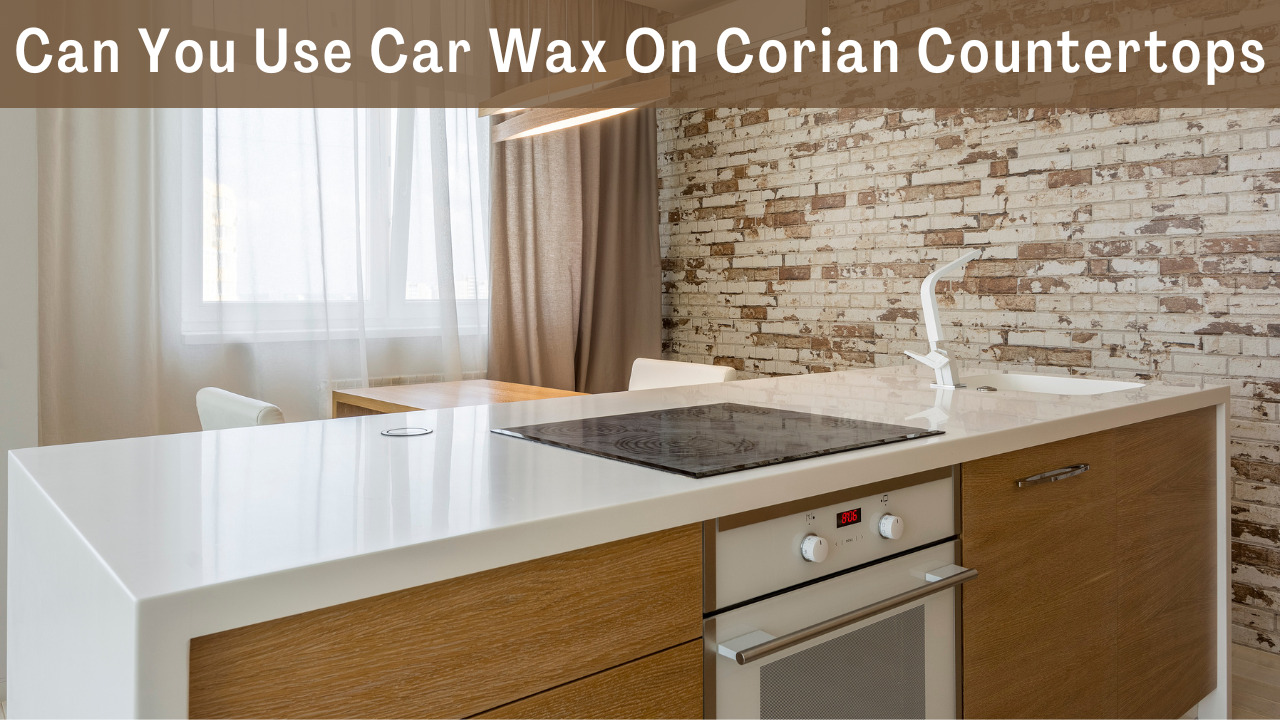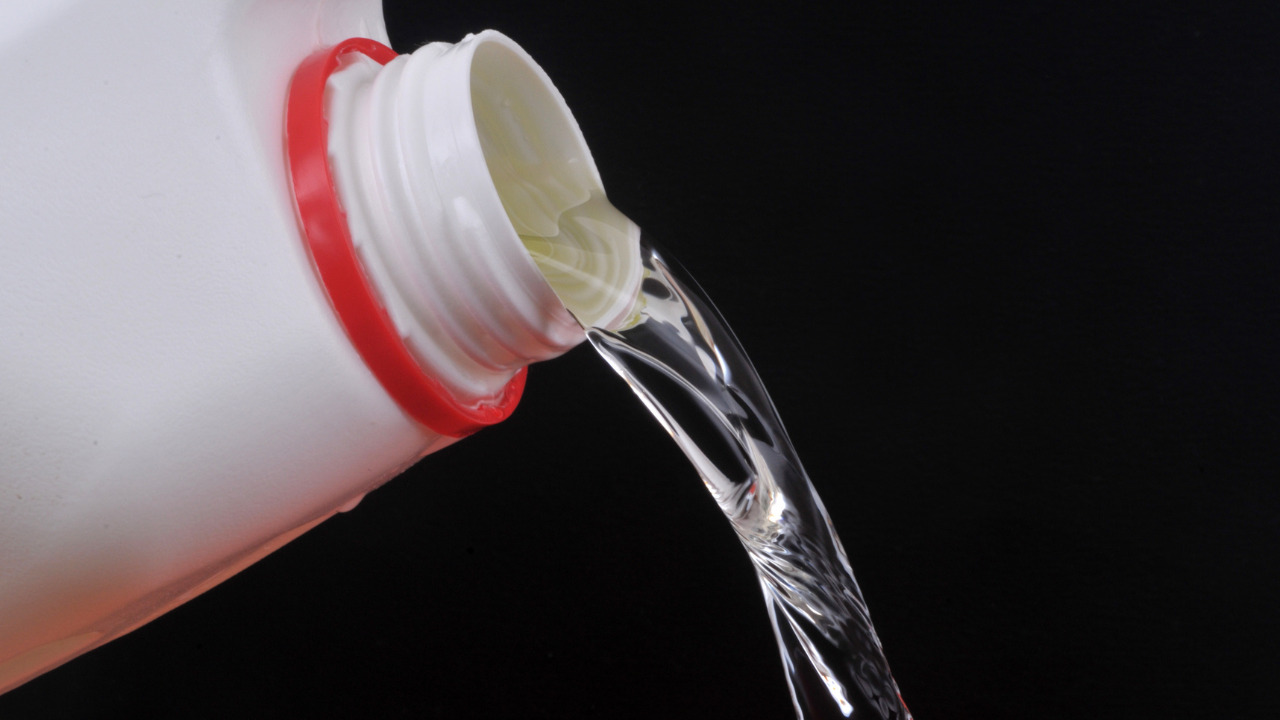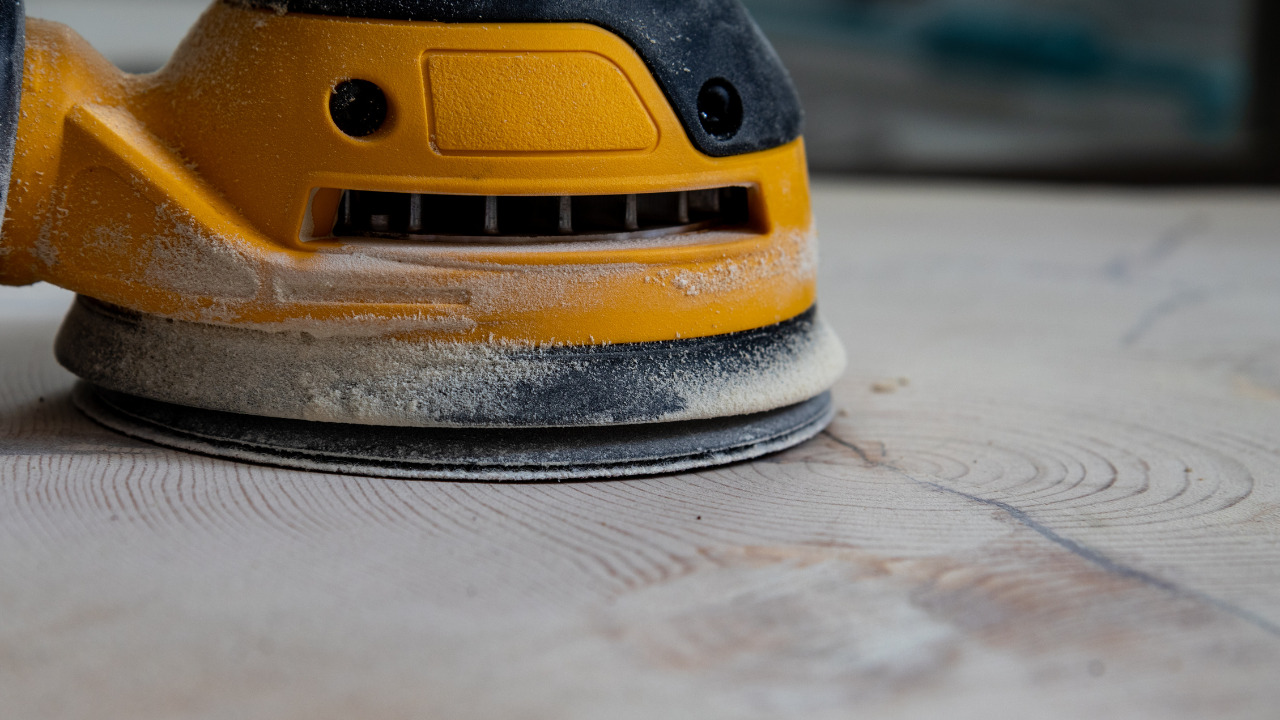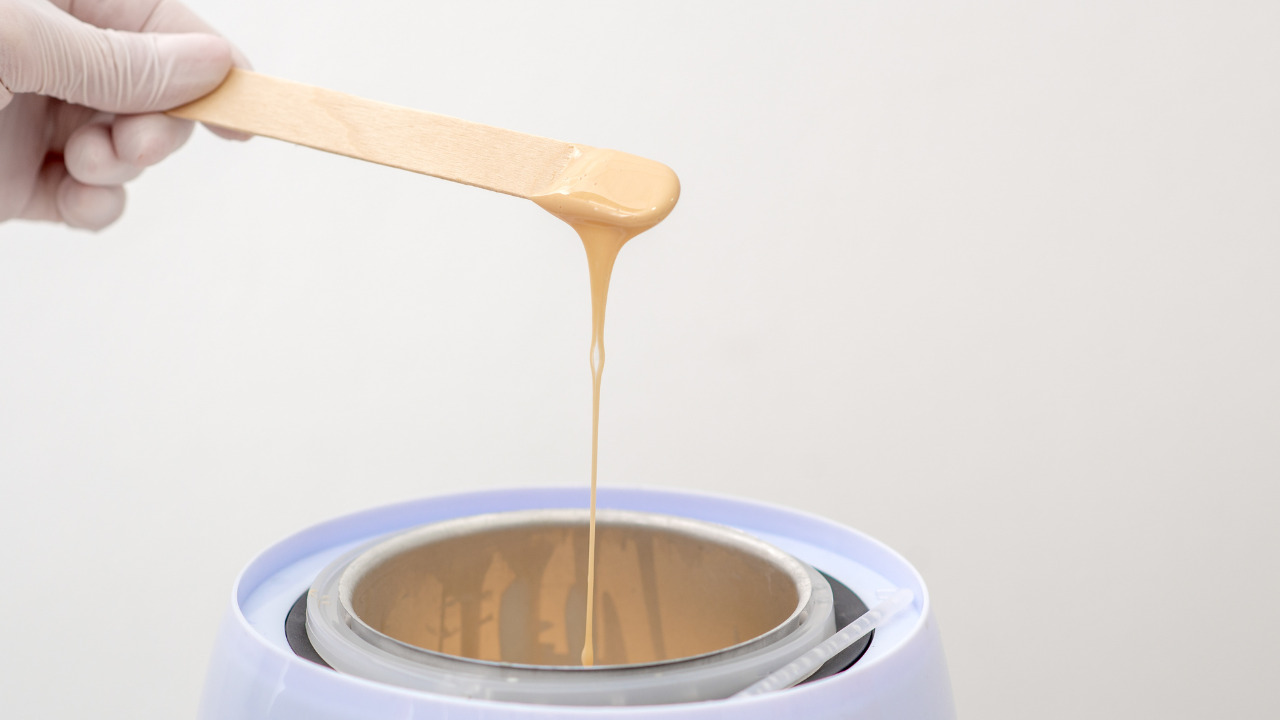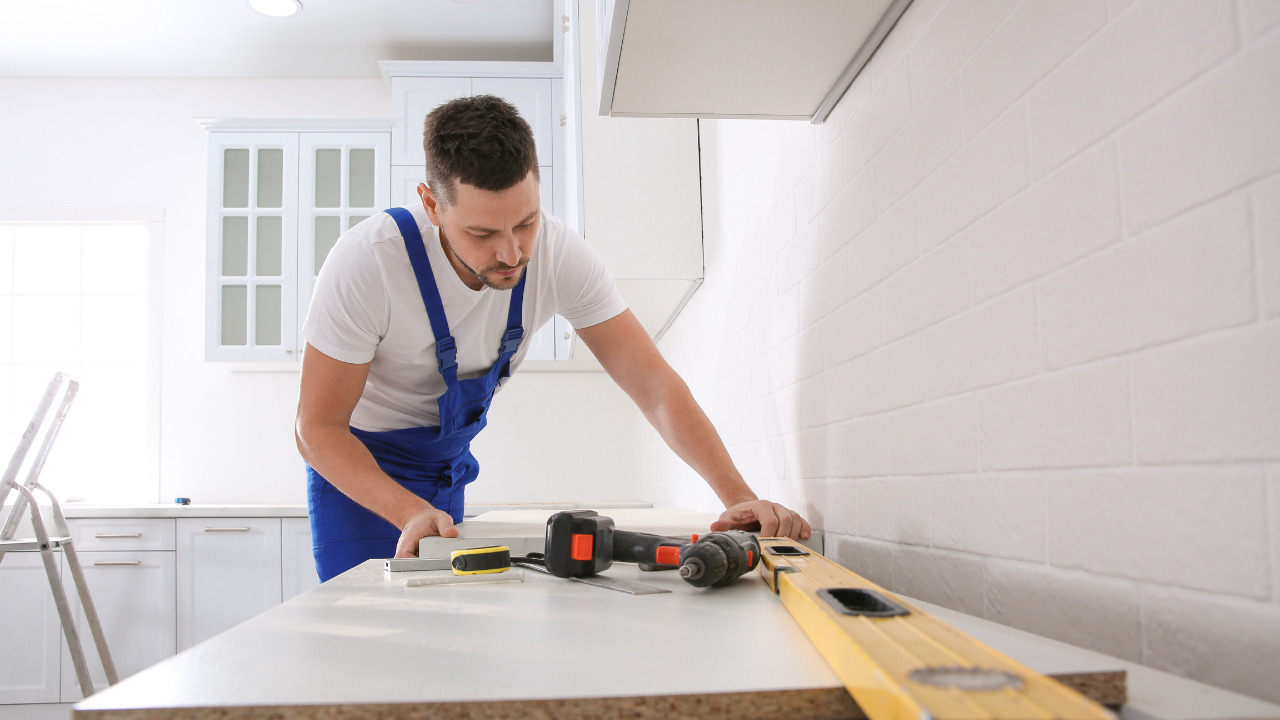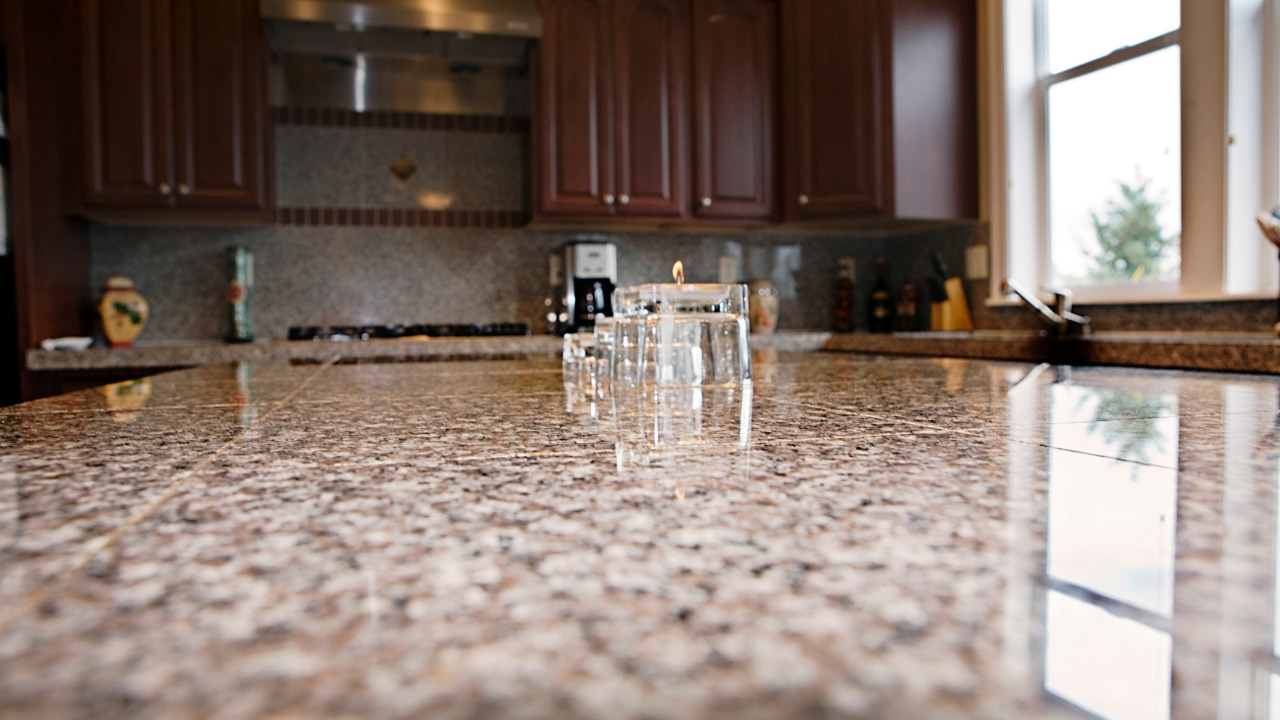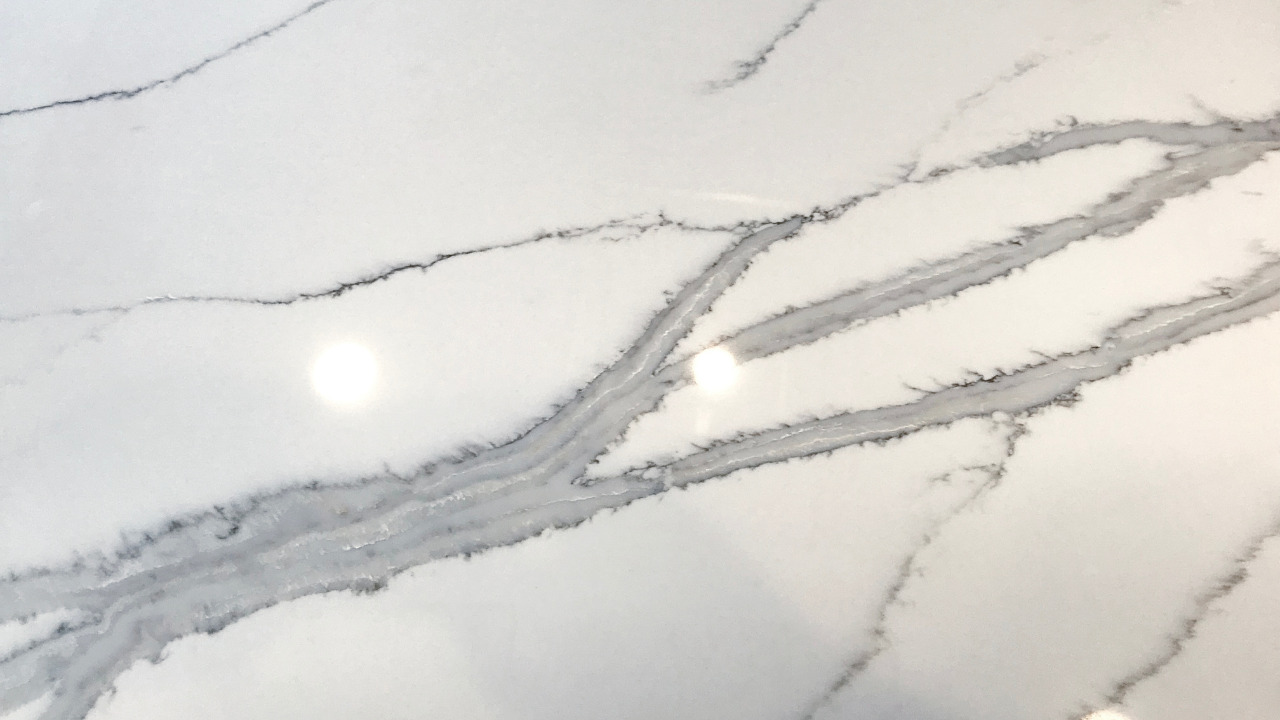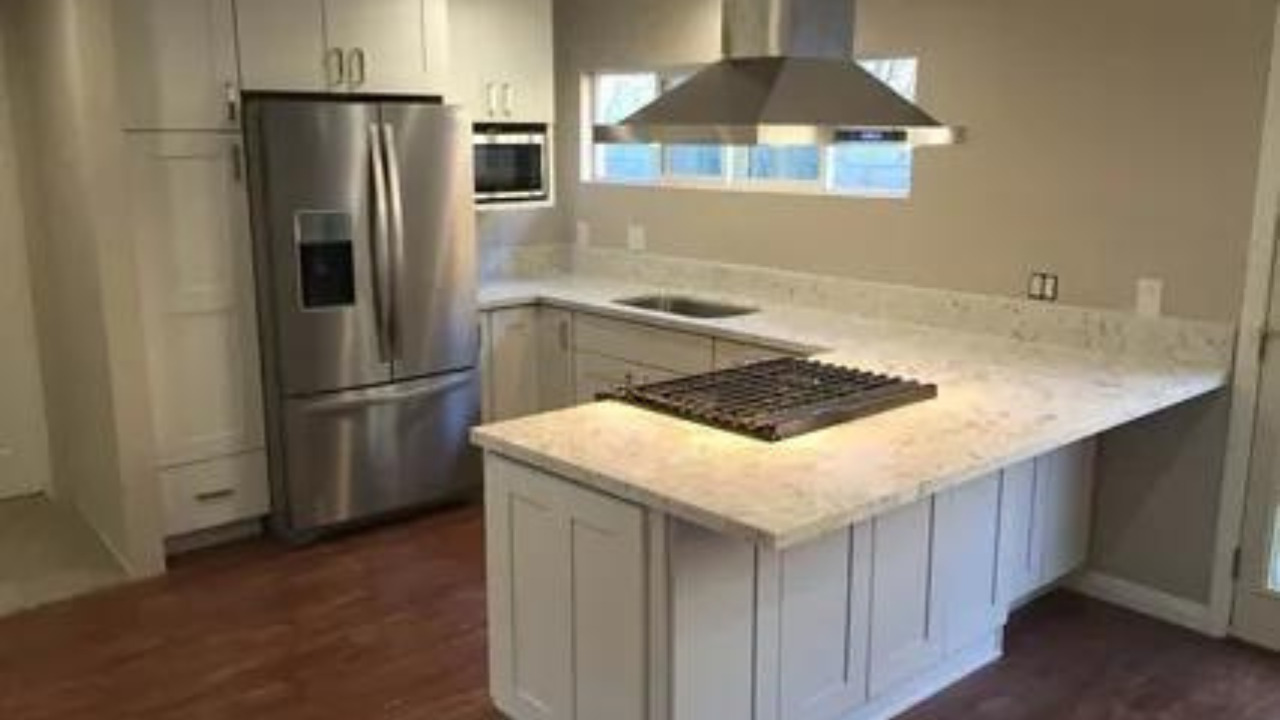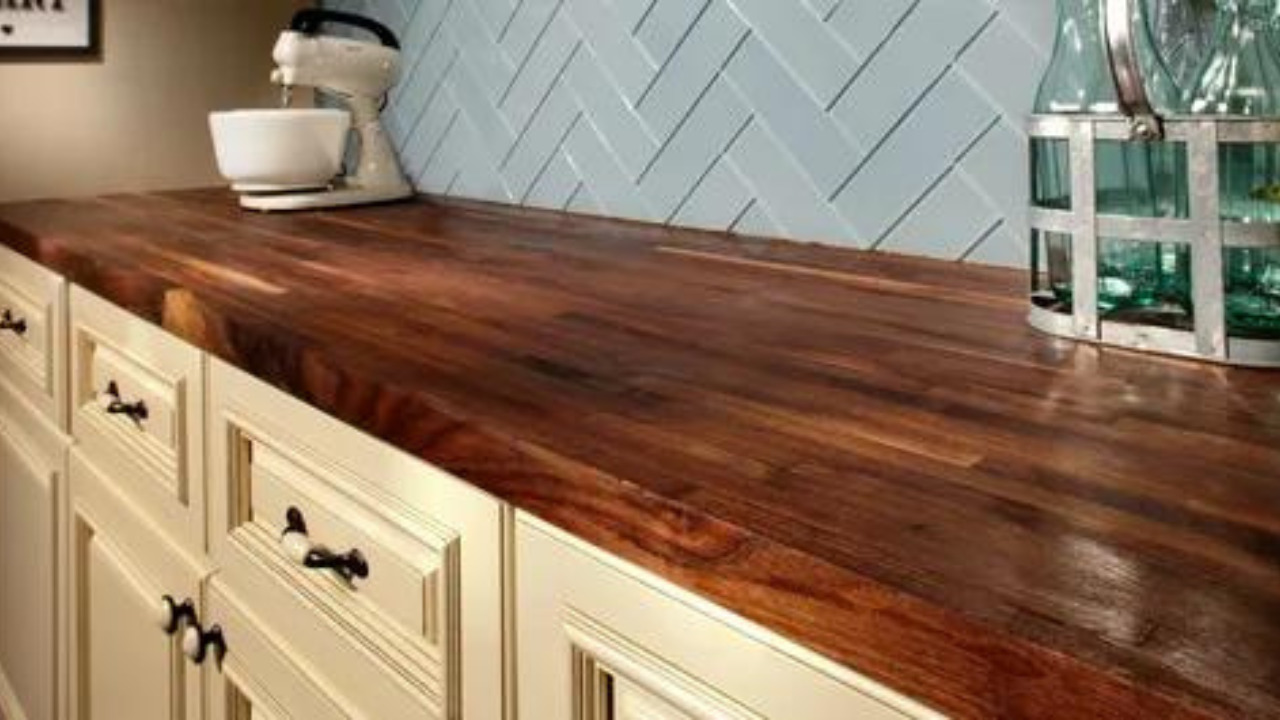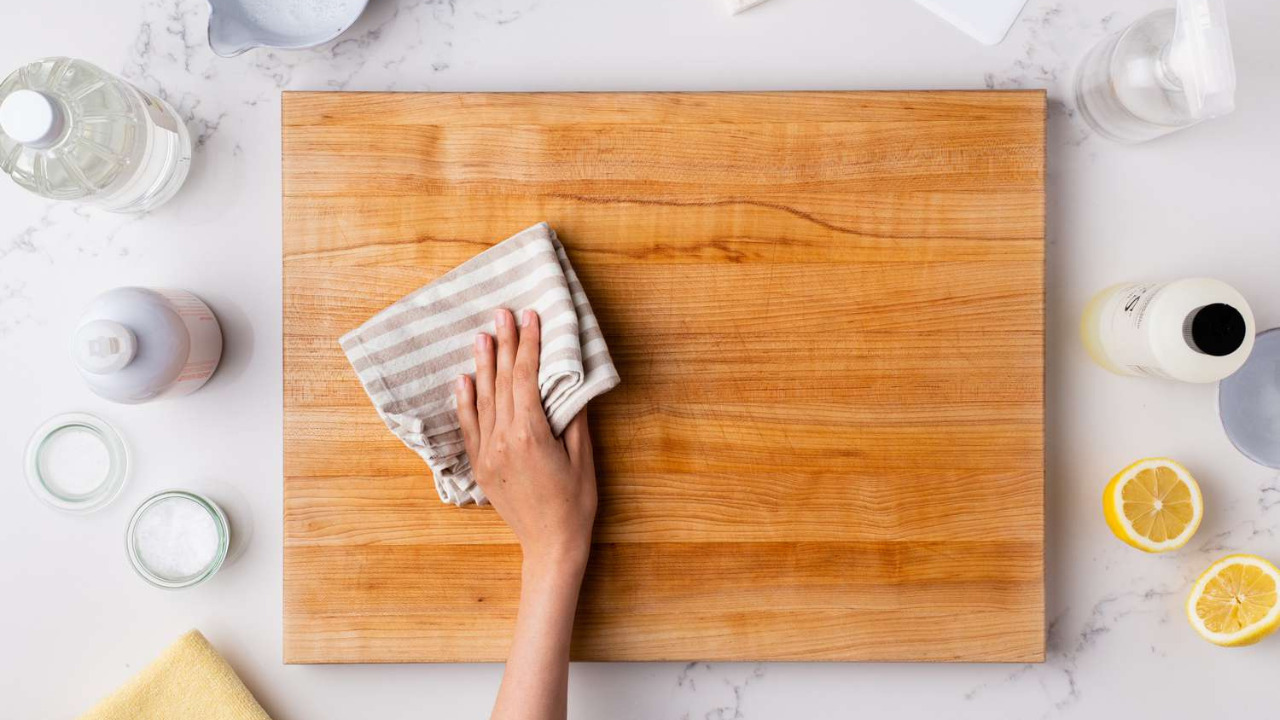Corian, a great artificial substance, is growing among homeowners. This is partly because of its aesthetic appeal, adaptability, and affordability. Compared to materials like marble or another type, it is rather affordable.
You can keep Corian looking beautiful and durable by routinely polishing the surface. Your Corian countertops may often be restored and shiny by simply washing them with specific materials and techniques.
We’ll demonstrate how to protect the finish and restore the new appearance of your Corian cabinets and wood tops. Applying wax will hide the scratches rather than eliminate them. The wax is both a lubricant and a protective agent, helping reduce scratching.
Table of Contents
Steps To Polish Corian Countertops
Collect Required Equipment
- Electric buffer
- Wax
- Fine grit-sandpaper
- Bleach
- Polishing compound
- A non-abrasive cloth
Clean The Countertop
Use an ammonia-based household cleaner for regular cleaning. A countertop cleanser or household cleaner with an ammonia base sprayed liberally over the entire countertop. Circular motions should be used to clean the countertop with a microfiber cloth.
Use only household sprays with ammonia; anything else will leave residues, even certain window cleaners. Dish soap liquid should be added in small amounts to a basin of warm water. Cleaning the countertop involves wiping it down with a solution-soaked sponge while making circular motions.
Wipe any remaining soap from the counter after rinsing the sponge to remove all soap. Ensure to completely wash away all soap residue to prevent soap scum from accumulating on the countertop.
Remove Stains With Non-Abrasive Cleaner
After wetting the sponge, apply an abrasive household cleanser on the scrubber side. If you notice any stains, a build-up of residue, or soap scum, scrub the countertop in small, overlapping circular strokes. After gently rinsing the sponge, use the soft, absorbent side to wipe the cleaner off the surface.
Use A Cloth To Dry The Countertop
After cleaning, quickly wipe the surface dry to avoid residue build-up. Keeping the counter dry is crucial because a film can form while just letting plain water sit. Have paper towels or a kitchen towel close at hand to quickly clean up accidents on your countertop.
Use Bleach To Remove Residues
If there is a little build-up of residue, wash the countertop with warm, soapy water or an ammonia-based spray cleaner. If there is a larger build-up, use an abrasive cleaner. After cleaning, do not dry the countertop as usual.
Any dirt or grime will block the cleaning pad when trying to rub out the marks. Thus, it’s critical to clean the tabletop completely. Minor scratches and incredibly difficult stains can be removed using this technique.
Scrub The Stains With An Abrasive Pad
The abrasive cleaner should be poured onto a wet pad. It would help if you rubbed over the scrape using a side-to-side and linear back-and-forth motion.
As soon as the scratch emerges, reverse the direction you are rubbing. Use a Scotch-Brite pad to illustrate an abrasive cleaning pad for this. To keep the surface shiny and brilliant, you can polish your entire countertop at least once a month using an abrasive cleanser and an abrasive pad, working in circular motions rather than linear ones.
Polish The Countertop
To avoid water film formation, dry the countertop as soon as you are done rinsing it. Check if the scratch has been removed and the area blended in with the countertop.
If the area where you removed the scratch still stands out from the rest of the countertop, continue the procedure using circular motions over a larger area until it is no longer evident.
Seal Or Wax The Countertop
It is time to protect the countertop further after it has been polished. Wax should be applied to the countertop using a clean, soft rag. Rub the wax into the counter’s surface in a circular motion. After rubbing the counter until you can no longer see any wax, let it dry.
As usual, wipe down your countertop. This will enable you to set up your countertops for everyday use, but you also need to use a small amount of bleach to clean them and make them safe.
Buff The Countertops
Buff all the objects that you have waxed now using the buffing pad. Make sure the counters’ edges are buffed by rolling the buffer. It is much simpler to remove the wax cloud than to apply it. Before buffing, you can leave the wax cloud on indefinitely. Wax can be applied and removed manually. It takes work.
How To Maintain Corian Countertops?
Use an ammonia-based home cleanser to clean the countertop. Use a spray bottle to apply a countertop cleaner or home cleaner with an ammonia base to the surface of your Corian countertop. Never use home sprays that don’t contain ammonia; they’ll leave residues behind that will dull the shine.
If an ammonia-based spray cleaner is unavailable, you can wash the countertop with warm, soapy water. Utilize an abrasive home cleaner to remove the stains and residue accumulation. When you see stains, use small, overlapping circular motions to scrub the Corian countertop’s surface.
Remove Countertop Scratched Immediately
Use an abrasive cleaner for tougher buildups or a spray cleaner with an ammonia base to wipe the countertop surface. This will refresh the Corian countertop by assisting in the removal of small scratches, scorch marks, and extremely difficult stains.
Pour some abrasive cleanser on a wet abrasive pad. With alternate side-to-side motions, polish the surface by rubbing this abrasive pad over any scratch. To keep the finish on your Corian countertop shiny and bright, buff it once a month.
Clean the countertop with normal water after fully polishing it. To completely remove the abrasive cleanser residue, scrub the countertop with a clean, moist sponge.
Polish Corian Countertops From Time To Time
Make your Corian countertop’s surface glossy and new using a commercial countertop polish. You can also use polishes designed for other countertop materials on your Corian surfaces, including granite. Using a fresh microfiber towel, generously rub the polish into the countertop in a circular motion.
On a piece of microfiber cloth, place a small amount of the polish. After every three to four rotations, wipe it onto the Corian countertop in a circular motion. The polish should then be removed with a second microfiber towel. These are the specific measures to follow if you want to restore Corian countertops.
You can have your Corian countertops professionally refinished if they are too old and damaged to restore the sheen yourself.
Conclusion
Due to age and deterioration, some countertops cannot be restored to their original luster. To restore the factory-finished appearance of your countertops, call a professional countertop refinisher to sand them down and then re-polish them.
Once you’ve installed a polished Corian countertop, keep it clean frequently to maintain its luster and safeguard the finish, preventing the need for a future refinish.

